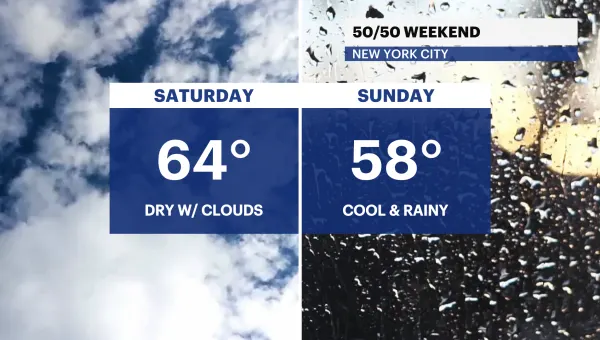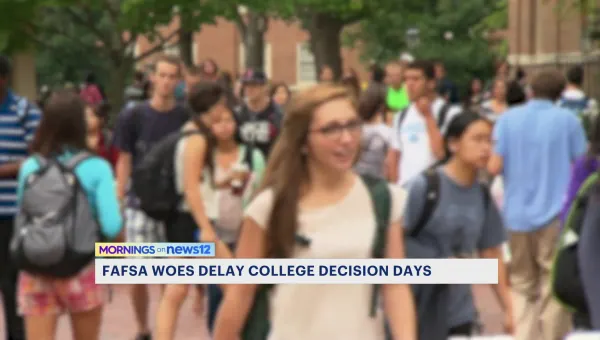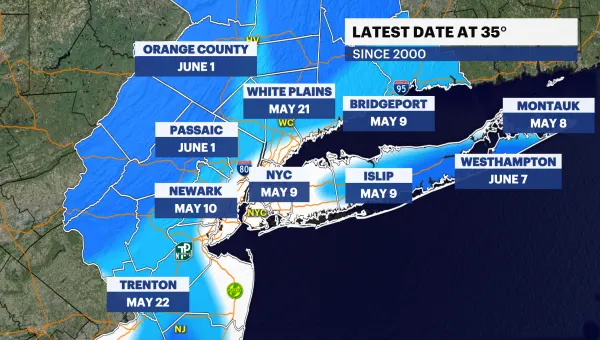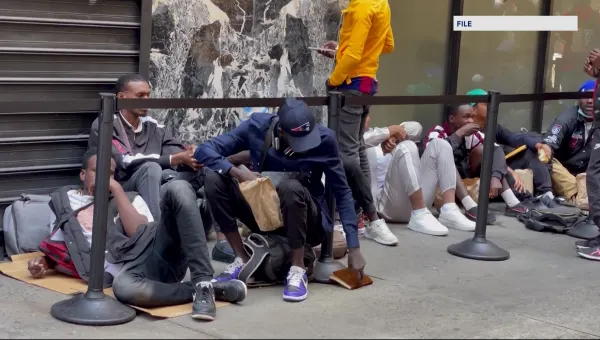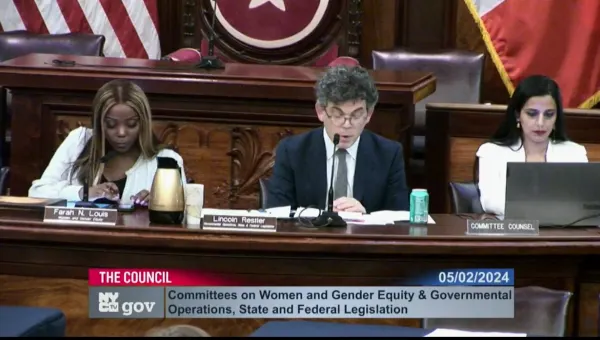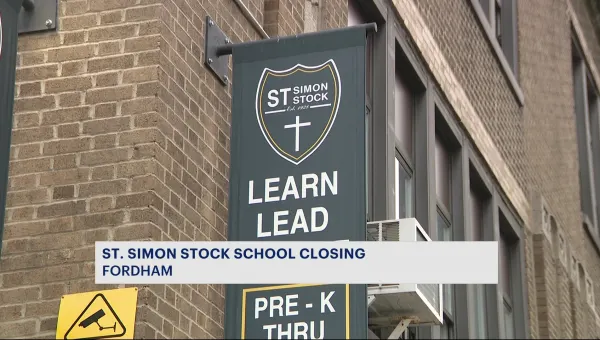The winter months across New York City have been turbulent, and temperatures were near normal. We have had huge swings of temperatures (both warm and cold), and many clipper-like systems provided us with the bulk of our snow. La Nina indeed dominated this year’s winter weather pattern. We came close with a few coastal storms, but many were just too far away from providing us with real blockbuster snow. Our only blizzard of the season took place on January 4th. This dropped a total of 8-12” of snow across the city with big snow drifts. Official snow reports at Central Park were 9.8”, which was a record for that day. Winds reached gusts of 35-55 mph.
Regarding temperatures, huge cold shots followed by warm ups were indeed verified this year with arctic outbreaks and record breaking warmth. Overall, daily high temperatures were slightly above normal for this winter, especially toward the end in February. On the contrary, the arctic blasts did send very cold weather to the city. The December 26 to January 8 cold outbreak was the third longest outbreak the city has ever seen with 14 consecutive days with temperatures below freezing.
Above: Averaged high temperatures: normal vs actual
Above: Averaged low temperatures: normal vs actual
The swinging jet stream streamed down periodic light to moderate shots of snow with fast-moving clipper-like systems from Canada. As forecast, the snowfall total for the season was slightly above normal at 23.8”. Our forecast did anticipate January being the “snowiest” month, where it indeed was with a total of 11.2”. December came second with 7.7”, which was slightly over our forecast of 4-6”. But as expected, February had the least amount of snow given effects of the La Nina pattern shifting milder surges of air. February’s snow came to 4.9” which was just below our forecast of 6-8”.
Above: Winter snow totals for December, January, and February. The normal snowfall and Winter Outlook forecast from November 2017 are the values under the bar graphs.
Forecasting ahead to spring is very complex and quite difficult indeed. As winter changes to spring, two opposing weather patterns fight for ownership of the air over NYC. This is very common each year, and predictability is very low come March and early April. Meteorological Spring is known as the months March, April, and May, and these three months are used for record keeping of the spring season. This is similar to how December, January, and February are used to assess the winter season.
Regarding the weather for March, expect it be in flux. Expect more chaotic and dynamic weather patterns with low long-range forecast confidence and drastic changes to the seven-day forecast. There will likely be low accuracy and frequent modifications to forecasts beyond 72 hours (Day 4 and beyond). This has to do with the increased variability of the weather as the seasons shift.
However, a review of atmospheric conditions like the ending La Nina and the strengthening of a blocking pattern points to a cooler than normal month overall. A blocking pattern is an atmospheric phenomenon that “blocks” the smooth flow of air from west to east. As a result, this can cause huge dips in the jet stream to drive colder polar air toward NYC for the first half of the month. This blocking pattern is likely to neutralize toward the end of the month into April. Therefore, there can be some big temperature swings likely toward the end of the month with warm-ups and cool-downs. The weather probably won’t be able to make-up it’s mind by the end of the month!
Lastly, what about March snow? It really depends on the timing. With cooler than normal temperatures expected, the timing of coastal storms and other kinds of fronts will ultimately determine if big snow will occur. Unfortunately, with low predictability this month, many situations may not be specifically determined until 24-hours before the storm arrives. Additionally, what might start out as snow on day 6 of the seven-day-forecast may end as clouds by the time the day arrives …or vice versa. The ideal risk window to see March snow would be during these big temperature swings from the start of the month through the middle of the month. The likeliness for big snow is significantly lower for days after March 17.
For now, we can begin to put winter behind us as we look ahead to spring and summer. The official season of spring begins at 12:15PM on Tuesday, March 20th. Additionally, we “spring ahead” our clocks one hour on March 11.

